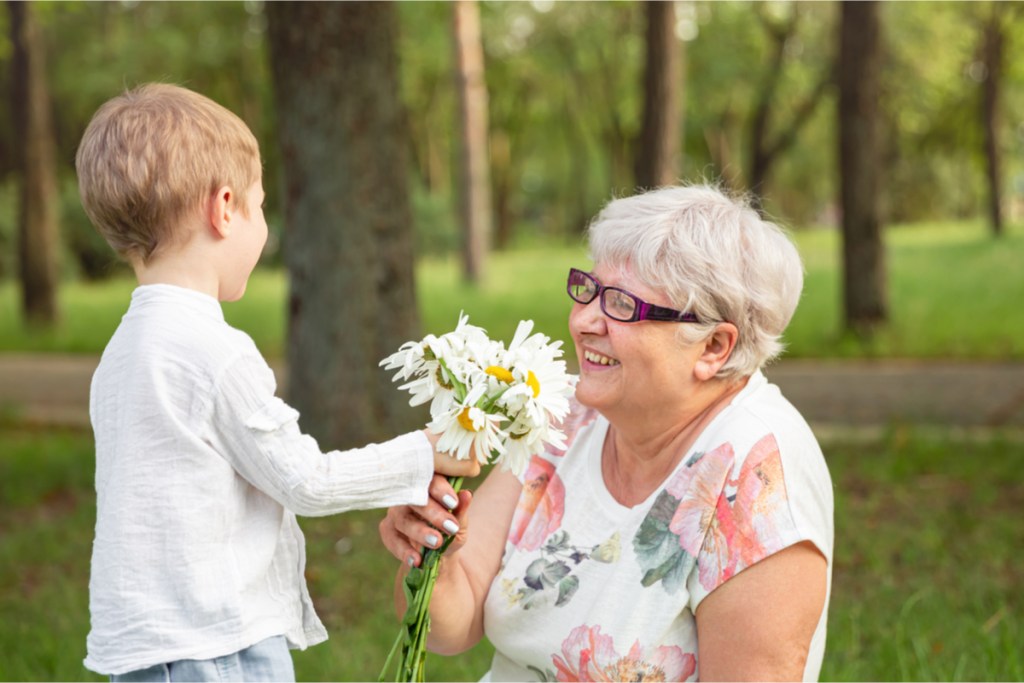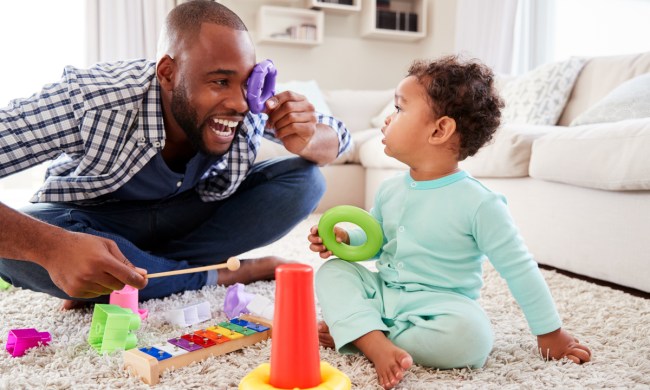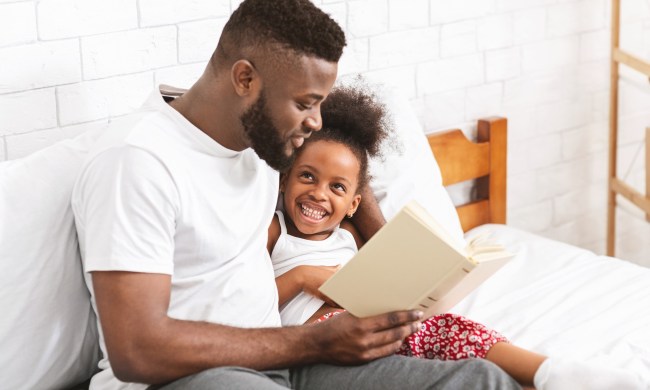The dictionary defines gratitude as the openness to show appreciation and the ability to return kindness. Being grateful encompasses a lot more than simply saying thank you. Most parents make a conscious effort to teach their children to say please and thank you, but expressing gratitude means more. Dr. Robert Emmons is a leading global expert on gratitude. The University of California psychology professor has written several books on the subject of the powerful benefits of being grateful. Emmons says people who regularly express gratitude are more apt to be happier overall and tend to be compassionate and generous. There is also evidence to suggest being grateful improves sleep and physical health. As parents, we want our children to be happy, kind, and generous. Gratitude is not innate. It’s a learned behavior, and most parents understand teaching children to be grateful is important. The question is, how can we teach kids to be grateful?
Be a grateful role model
If you’re searching for effective ways to teach your first grader to be grateful, the most constructive technique begins at home. Young children especially love to do what their parents do. The first step in teaching gratitude is being grateful yourself. When children see their parents expressing kindness and gratitude towards others, they will be more inclined to imitate the behavior.
Saying thank you
The simple act of saying thank you for a gift, an act of kindness or to show appreciation for a job well done is one profound way to teach 7-year-olds to be grateful. In your capacity as a role model for your children, make it a point to say thank you throughout the day. Thank yous aren’t just for presents either. You say thank you when a stranger holds a door open for you or when a partner does something kind, like preparing dinner or putting away the laundry. A thank you should be shared for an invitation to a party or an event. Kids will see that you’re grateful for these acts of kindness and that it makes you happy. They will, in turn, want to imitate this verbal act of gratitude because of the positive reward.

Writing a thank you note
The dreaded thank you note has seemed to have fallen from grace in a world where it’s easier to text grandma a thank you for a present than take the time to handwrite a note. Writing a thank you note doesn’t have to be arduous, but it is a wonderful way to express gratitude. People appreciate receiving a thank you note for a gift or for completing a service. It makes them smile, and it is true that when a person takes the time to give you a gift, you can take the time to write a thank you note. Having children write thank you notes for presents or to their teacher is an effective way to teach gratitude.
Display thank you notes
Receiving a thank you note makes the recipient happy. It’s nice to know someone appreciated something you did. Instead of tossing the thank you card in the recycling bin, display it on the fridge or somewhere in your home or office. It doesn’t have to stay there for ages, but showcasing thank you cards does show children you appreciated the expression of gratitude and writing thank you notes is not a waste of time.
Talk about gratitude
The Raising Grateful Children Project at UNC Chapel Hill explores the four parts of gratitude:
- Noticing – what we have to be grateful for
- Thinking – why do we have these things
- Feeling – what do we feel about these things
- Doing – how do you express appreciation
Asking children questions about the four parts of gratitude can be another effective way for first graders to understand why it’s important to be grateful. At Thanksgiving, it’s a common practice to be thankful for family, friends, and other things that make us happy. Families often go around the table sharing what they are thankful for. Noticing and thinking about what we have to be grateful for doesn’t have to be only an annual activity. Make it a practice to share what you’re grateful for around the dinner table at least once a week. Ask your child how he or she feels about a gift.

Completing acts of kindness
Kindness is contagious and a wonderful opportunity to show appreciation. Showing kindness towards others or paying forward an act of kindness done to you is another worthwhile technique to teach children gratitude and make you feel good as well. A thank you note is only one way of showing gratitude. If you have a conflict and can’t drive your son or daughter to soccer practice and a teammate’s parent steps up, return the favor at the next practice. When a neighbor shovels your half of the sidewalk, make a batch of cookies to show your appreciation. Acts of kindness don’t have to be in response to an action, an act of kindness can be random like lending a hand to a senior neighbor. Either will show children the importance of gratitude.
Gratitude isn’t a natural behavior. It’s learned. Teaching kids to be grateful starts at home with parents modeling positive ways to express appreciation. Appreciation leads to kindness. Heading down the road of gratitude with your first grader means the whole family will reap the benefits of being grateful.



